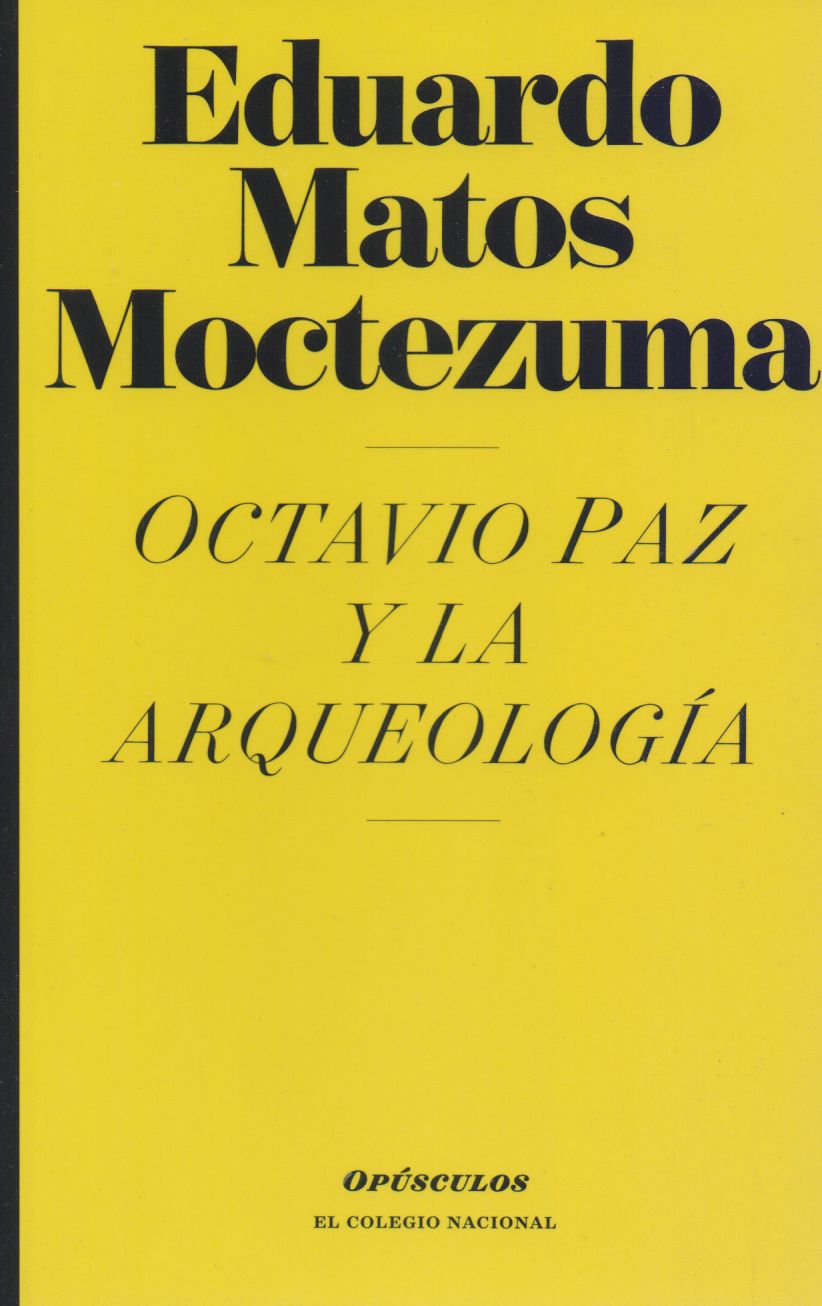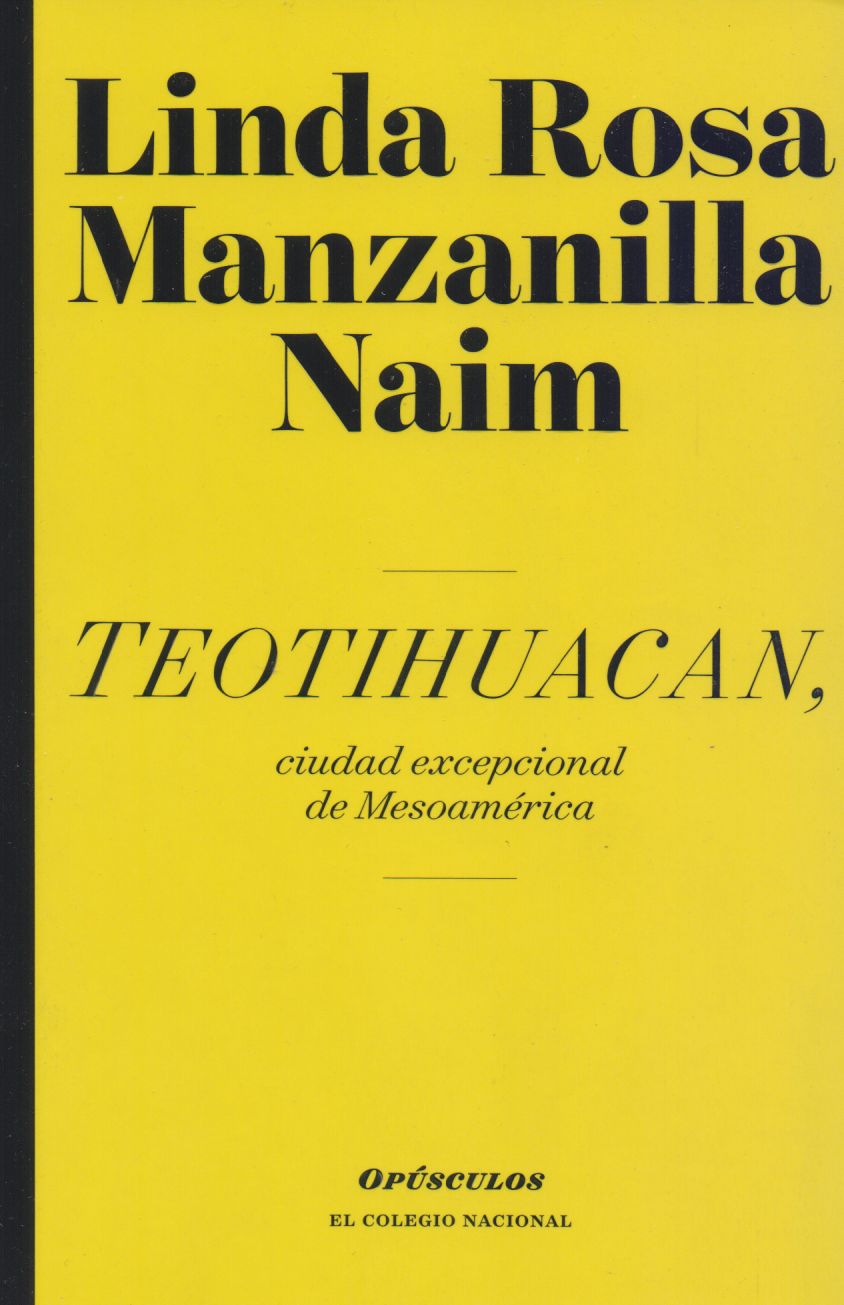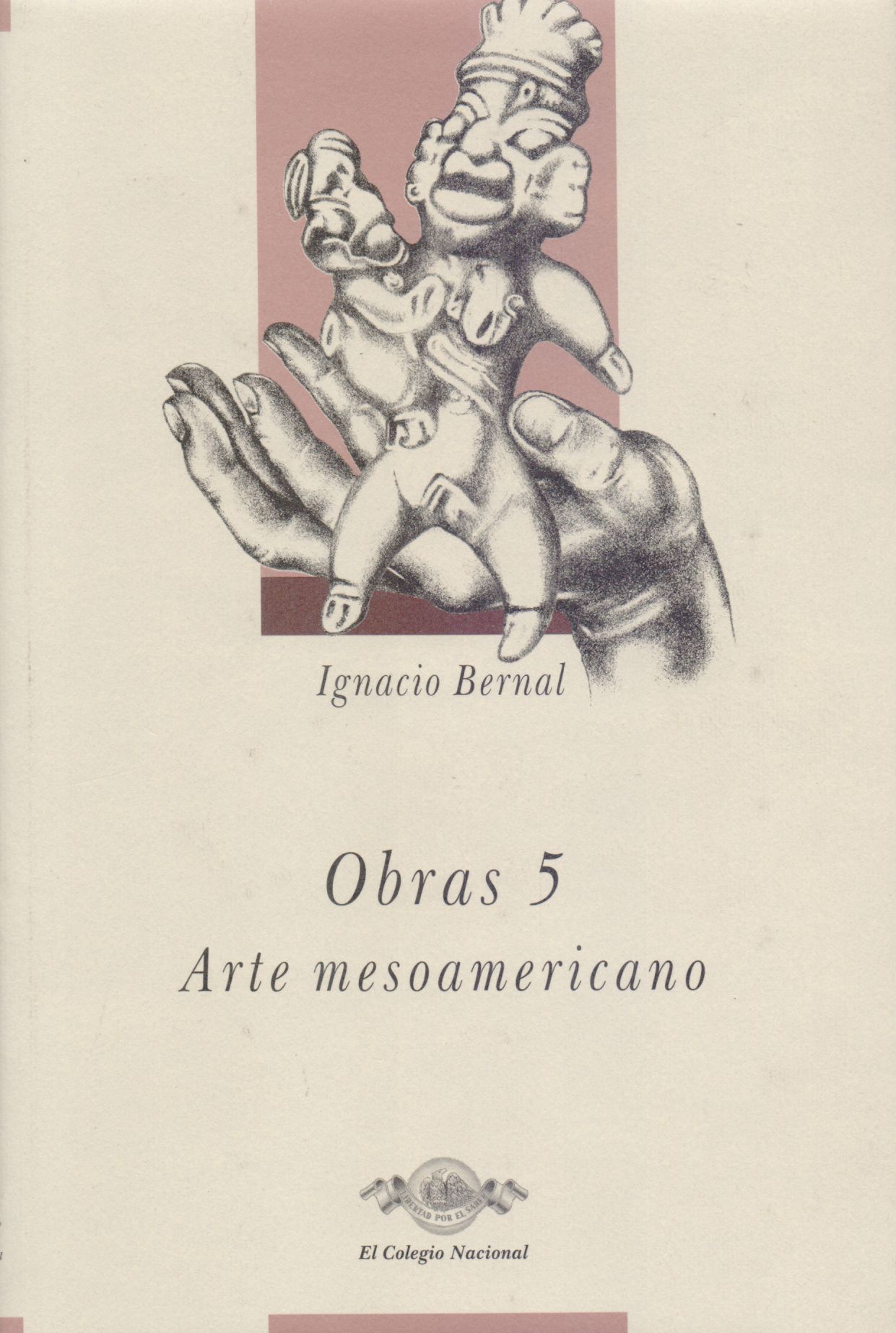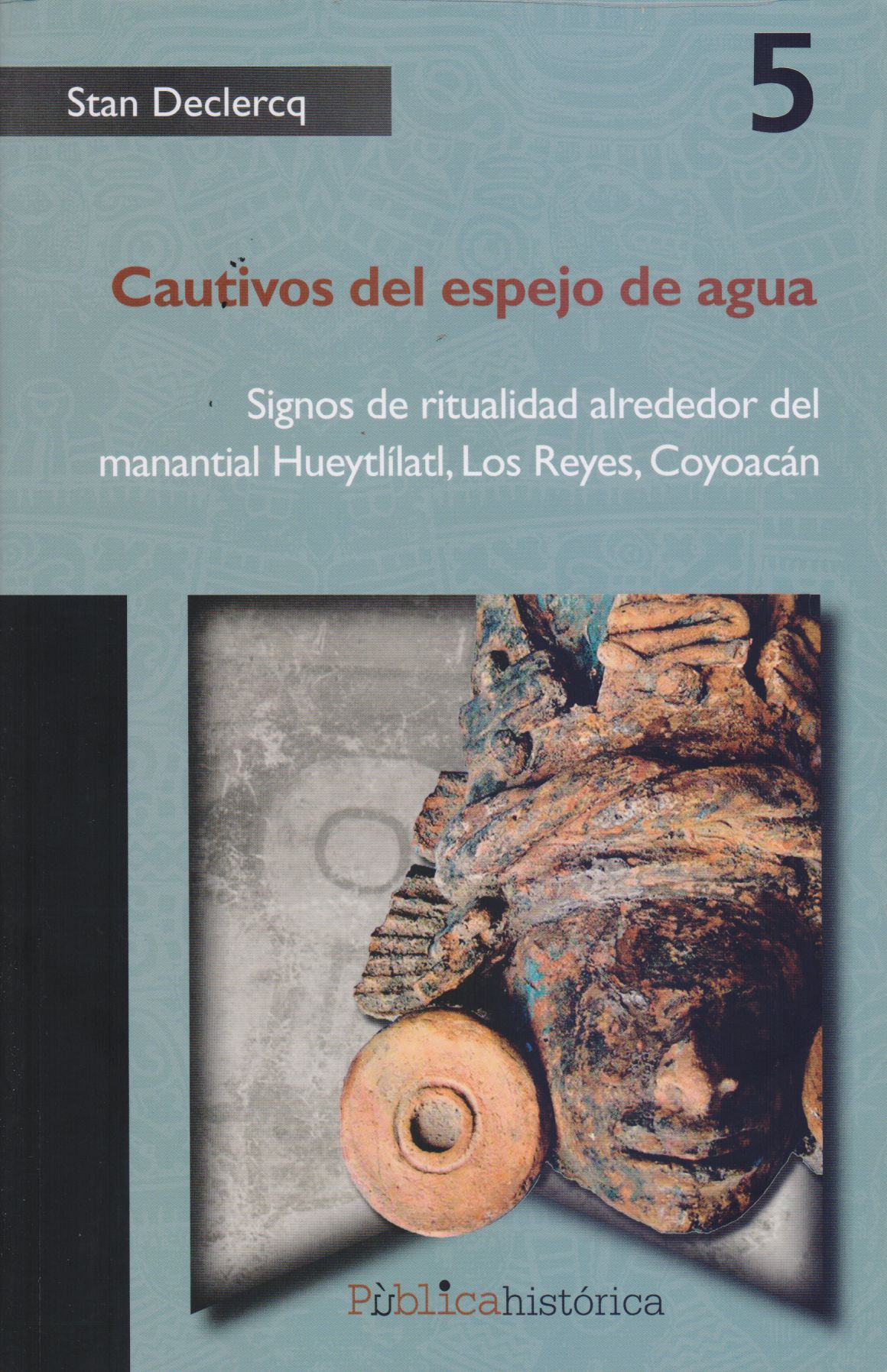Libros relacionados
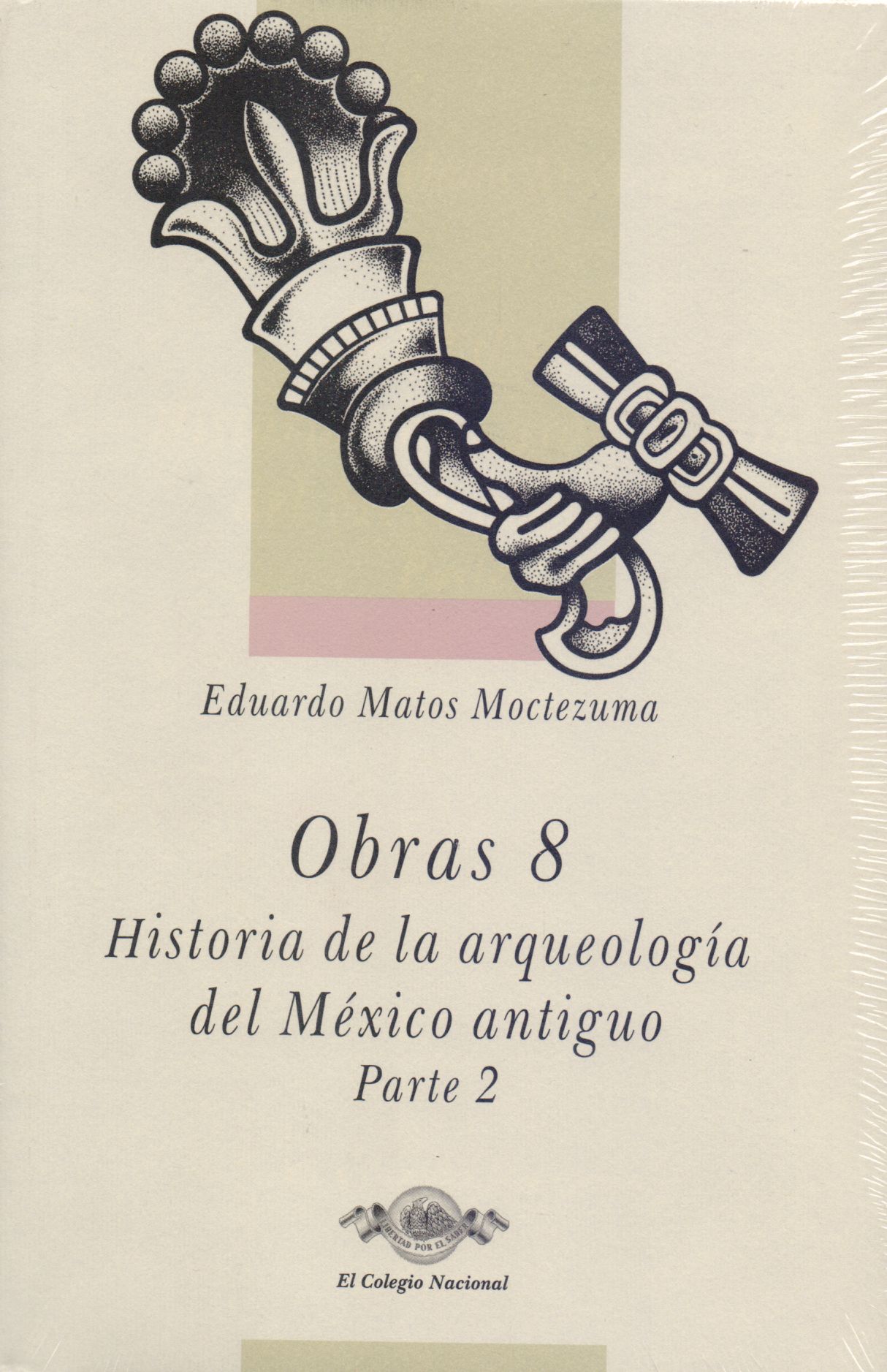 |
Obras 8: Historia de la Arqueología del México Antiguo Parte 2 Matos Moctezuma, Eduardo Colegio Nacional |
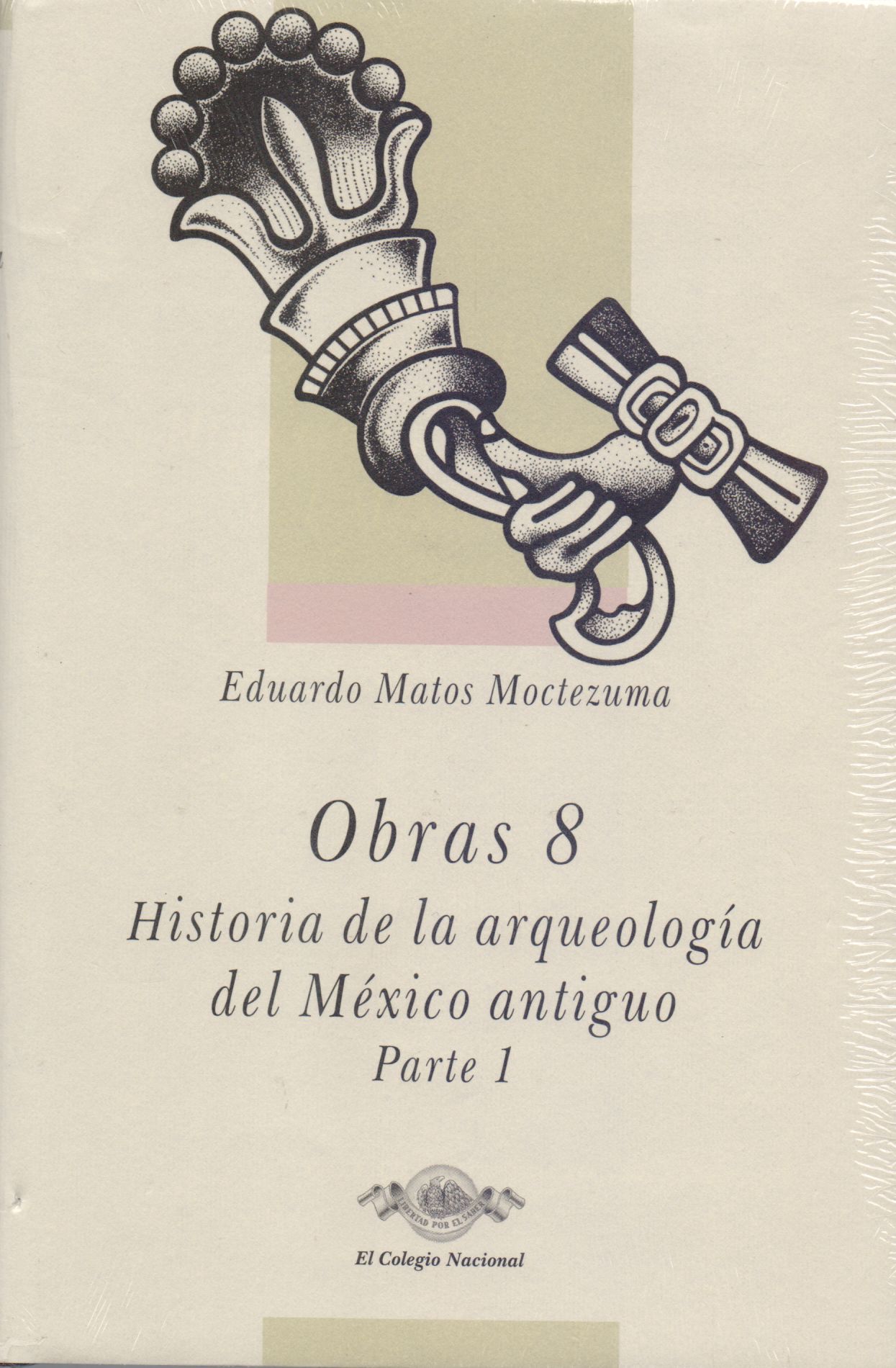 |
Obras 8: Historia de la Arqueología del México Antiguo Parte 1 Matos Moctezuma, Eduardo Colegio Nacional |
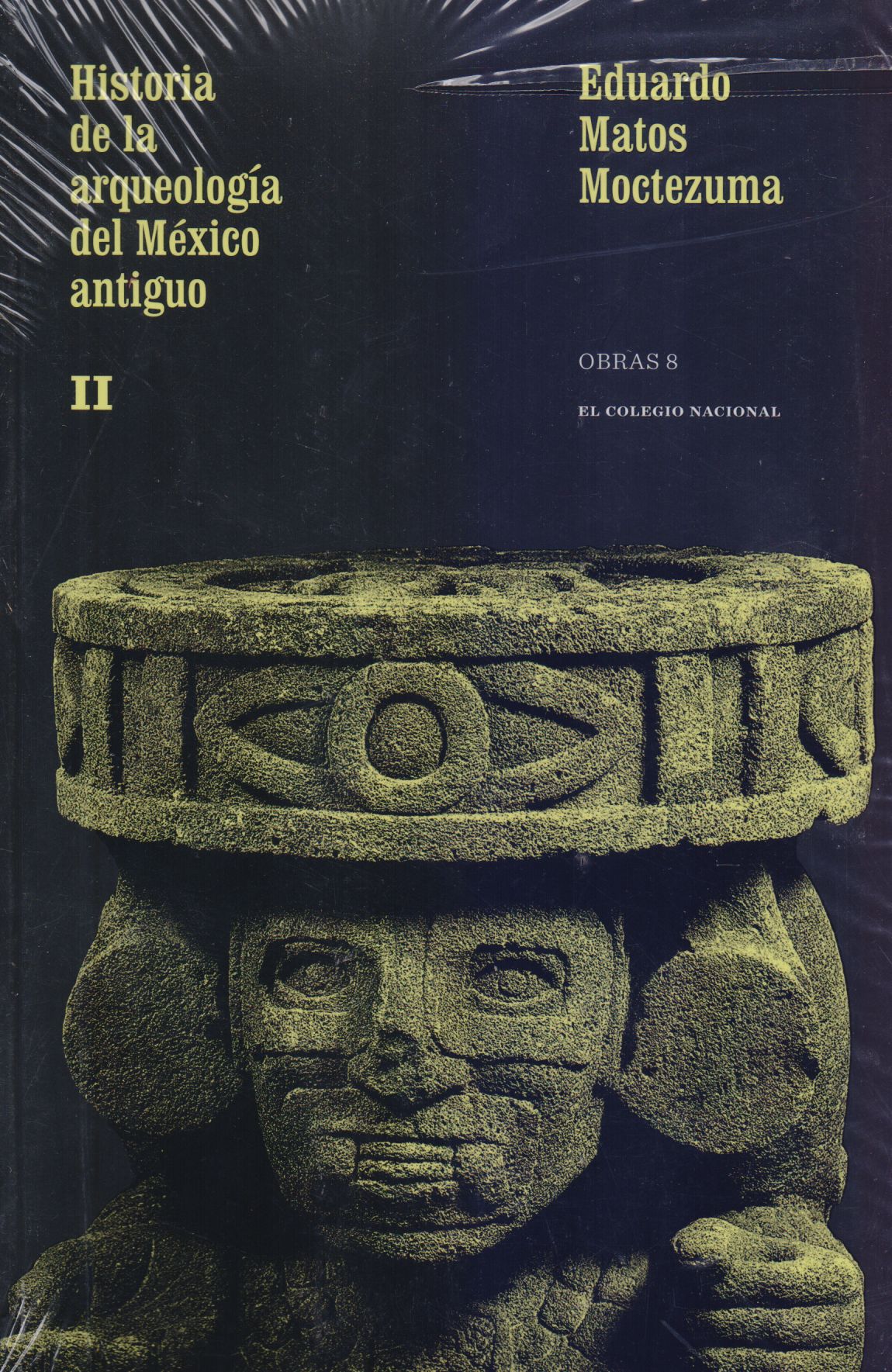 |
Obras 8: Historia de la Arqueología del México Antiguo Vol. II Matos Moctezuma, Eduardo Colegio Nacional |
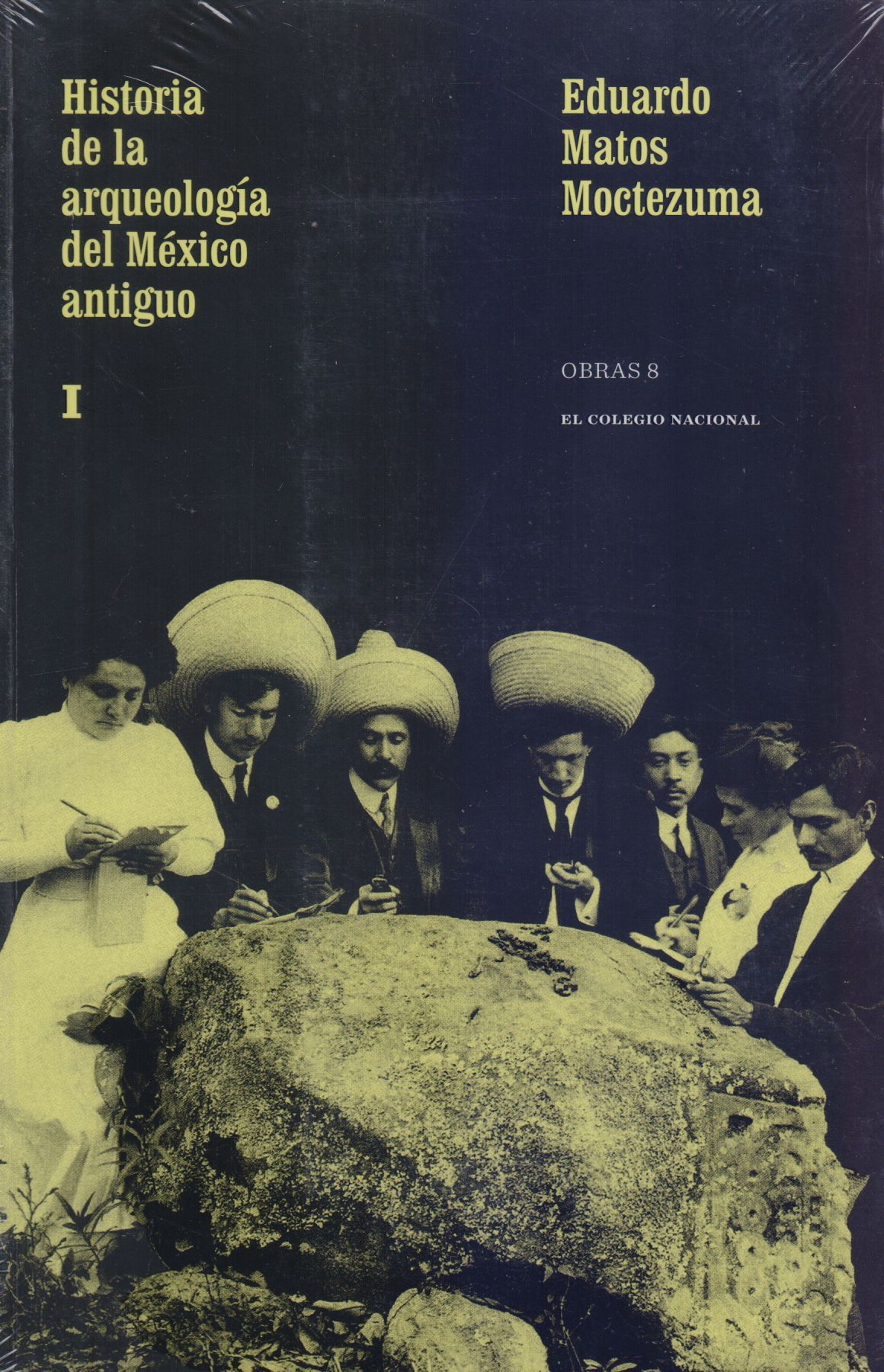 |
Obras 8: Historia de la Arqueología del México Antiguo Vol. I Matos Moctezuma, Eduardo Colegio Nacional |


|
Título: Thirty Years Into Yesterday: A History Of Archaeology At Grasshopeper Pueblo | |
| Autor: Reid, Jefferson; Whittlesey, Stephanie | Precio: $272.00 | |
| Editorial: University Of Arizona | Año: 2005 | |
| Tema: Arqueologia | Edición: 1ª | |
| Sinopsis | ISBN: 9780816524013 | |
| For thirty years, the University of Arizona Archaeological Field School at Grasshopper--a 500-room Mogollon pueblo located on what is today the Fort Apache Indian Reservation, Arizona--probed the past, taught scholars of international repute, and generated controversy. This book offers an extraordinary window into a changing American archaeology and three different research programs as they confronted the same pueblo ruin. Like the enigmatic Mogollon culture it sought to explore and earlier University of Arizona field schools in the Forestdale Valley and at Point of Pines, Grasshopper research engendered decades of controversy that linger still in the pages of professional journals. Jefferson Reid and Stephanie Whittlesey, players in the controversy who are intimately familiar with the field school that ended in 1992, offer a historical account of this major archaeological project and the intellectual debates it fostered. Thirty Years Into Yesterday charts the development of the Grasshopper program under three directors and through three periods dominated by distinct archaeological paradigms: culture history, processual archaeology, and behavioral archaeology. It examines the contributions made each season, the concepts and methods each paradigm used, and the successes and failures of each. The book transcends interests of southwestern archaeologists in demonstrating how the three archaeological paradigms reinterpreted Grasshopper, illustrating larger shifts in American archaeology as a whole. Such an opportunity will not come again, as funding constraints, ethical concerns, and other issues no doubt will preclude repeating the Grasshopper experience in our lifetimes. Ultimately, Thirty Years Into Yesterday continues the telling of the Grasshopper story that was begun in the authors' previous books. In telling the story of the archaeologists who recovered the material residue of past Mogollon lives and the place of the Western Apache people in their interpretations, Thirty Years Into Yesterday brings the story full circle to a stunning conclusion. "This book represents the most substantive study of its kind yet attempted. By situating the recent history of Southwest archaeology within the context of a single, influential research project, Reid and Whittlesey have broken new ground in a creative and influential way. Nothing comparable exists." --James E. Snead, author of Ruins and Rivals: The Making of Southwest Archaeology "It is a valuable contribution to North American archaeology (and indeed beyond) and an essential contribution to Southwestern archaeology. . . . It gives an excellent sense of the 'on the ground' character of different kinds of theoretically focused archaeology." --Robert Preucel, editor of Archaeologies of the Pueblo Revolt: Identity, Meaning, and Renewal in the Pueblo World | ||
Librería Bonilla SA de CV © Todos los derechos reservados. 2019
Última actualización: Jul 2019



